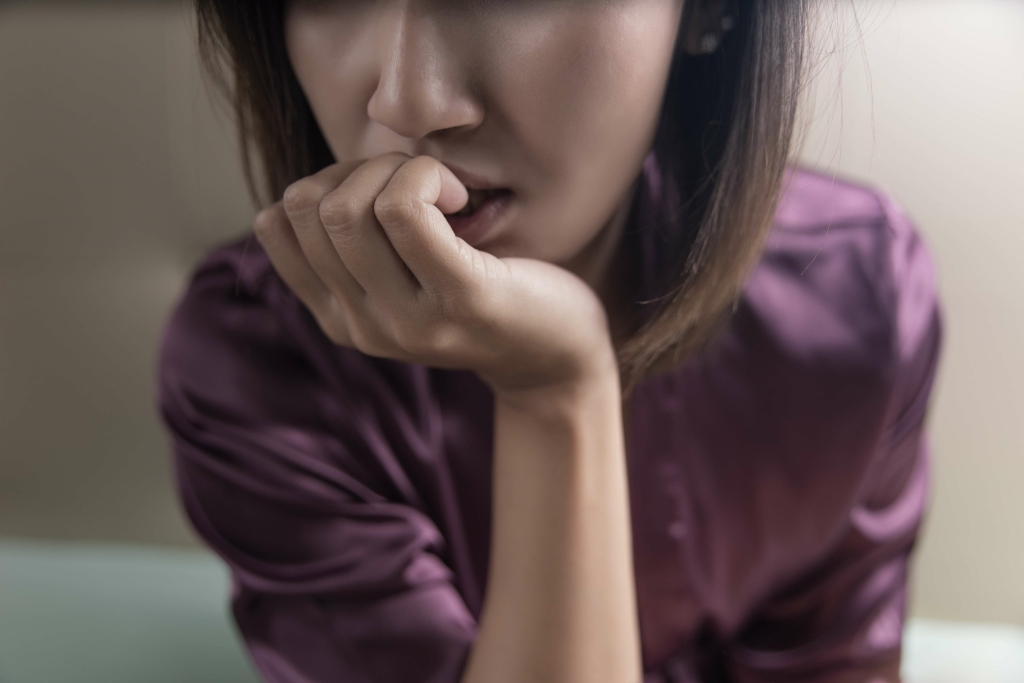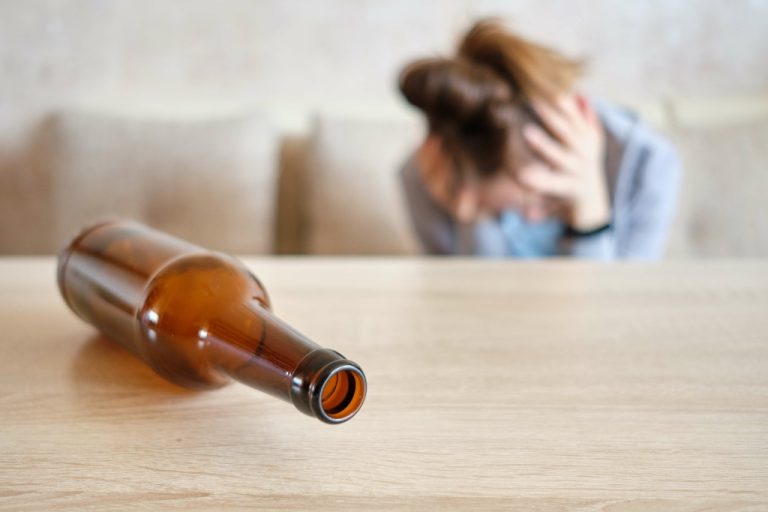By allowing more time for skills development and support reinforcement, treatment can significantly lower the risk of returning to problematic drinking. Dual diagnoses—where an individual contends with both a substance use disorder and a mental health disorder—pose unique challenges in the recovery journey. The relationship between alcohol abuse and mental health issues is deeply intertwined, often leading to exacerbated outcomes if not treated concurrently. In summary, while the statistics on alcohol recovery rates indicate high relapse potential, effective support and treatment programs significantly enhance recovery outcomes and long-term sobriety rates. In the early phases of recovery, particularly within the first year, the risk of relapse is notably high.
- For people of any age, there are essentially two different types of relapse.
- People are more likely to use alcohol and drugs to cope with them better when under stress.
- Various strategies and interventions can help individuals in their journey towards a substance-free life.
- Regardless, the chances of relapsing after a prolonged period of abstinence are low, if not second to none.
Mental Health Recovery: Overcoming Prescription Drug Addiction
At Silver Ridge clients are first and foremost treated with respect, kindness, and compassion. The midlife-specific groups allowed clients to form a bond with one another through shared life experiences. The following are helpful recovery tips that can get you through a possible relapse. Experts have characterised addiction as a chronic relapsing brain disease. Reach out to a trusted friend, family member, what percent of alcoholics relapse counsellor or support group and share your emotions, and they will help you to regain control and get back on track.

Comorbid mental health disorders play a significant role in the recovery process for individuals with alcohol use disorders. Research indicates that individuals facing mental health challenges, such as depression or anxiety, have relapse rates as high as 69%. In contrast, those without these disorders show a much lower relapse rate of 43%. This stark difference underscores the need for integrated treatment approaches that address both mental health and substance use disorders.
Research shows that about 10% of people start smoking again each year after that first smoke-free year. People who had more severe addictions or spent less time in treatment are more likely to relapse. In other words, the deeper the addiction and the shorter the support, the harder it is to stay drug-free. Research shows that about 24% of people who go through treatment for cocaine addiction end up using again weekly within a year. It’s because the recovery process takes time, patience, and consistent support.
In the same study, people who received extended-release naltrexone (XR-NTX) were far less likely to relapse. Fewer than 12% did after the first month, regardless of whether they came from inpatient or outpatient care. Alcohol relapse often shows up as short setbacks, sometimes lasting a few days, sometimes longer. What’s key is to keep those episodes brief and get back to recovery quickly. If you notice any of these signs or symptoms, call 911 immediately, try to wake the person, check for breathing, administer Naloxone if possible and stay with the person until medical help arrives.
Alcohol Recovery Statistics
Plus, we have alcoholism recovery statistics on our side to back that up. Read on to find out how evidence-based programs and strong support can help people with AUD get their life back on track. The environment is everything; it’s what shapes an individual and builds their character. The behaviors of every breathing person are shaped and influenced by their surrounding environment. Some of these behaviors include dependency on alcohol and other substances.
What Is a Dab: Understanding Dabs in the World of Cannabis

Families often bear emotional costs, including stress and conflict related to addiction behavior. Community awareness programs are vital in promoting understanding and support, which can help lower relapse rates and aid in recovery efforts. Participants in recovery programs, particularly Alcoholics Anonymous (AA), report significantly reduced relapse rates.
Denying Our Mental Health: Why We Do It and How To Move Past It
Addiction relapse refers to a recurrence of substance use or engaging in addictive behaviors after a period of abstinence or successful recovery. It is important to note that relapse is not a sign of failure but rather a common and often expected part of the recovery process. Relapse can occur at any stage of recovery and is influenced by various factors, including individual circumstances and the nature of addiction itself.
Alcoholism Recovery Statistics To Know in 2021
We welcome anyone who wishes to join in by asking for support, sharing our experiences and stories, or just encouraging someone who is trying to quit. We provide recovery home services in a structured and supportive environment that promotes long term transformational changes. Our experienced team will help you develop a recovery plan customized for your individual needs. You can come and visit and be on your way to taking control of your life again. We can help you achieve permanent sobriety that gives you your life back. This is when you may begin to feel nostalgic for your former behaviours.

For others, addiction is a more serious issue and will require professional help in or through support group meetings with group therapy to overcome. Cognitive-behavioural treatment is a program that helps the patient learn how to modify the way they think about alcohol, which will help them become less dependent on it. Psychiatrists say that those who attend alcohol rehab also experience better relationship quality. Familial relationships typically improve as well as those between spouses.
These medications aren’t addictive and can be combined with the other two treatments; behavioural treatments and mutual support groups or used alone. One of the benefits is stopping substance use and resolving drug addiction treatment withdrawal symptoms. They should also think about what they would do if relapse occurred after completing treatment. So, helping someone, especially children, overcome an addiction to alcohol can be an overwhelming task. Sadly, parents often don’t know how to talk with their children about these issues. From gourmet cuisine to our spacious, 10,000 square foot estate, Silver Ridge provides a tranquil and peaceful setting for recovery.
Influence of Social and Economic Factors on Recovery
Estimates suggest that between 40% to 60% of individuals who https://ecosoberhouse.com/ seek treatment for alcohol addiction achieve favorable outcomes. Recovery rates for alcohol addiction in the United Kingdom are difficult to quantify accurately. Estimates suggest that between 50% to 60% of individuals who receive treatment for alcohol addiction in specialized alcohol services achieve positive outcomes. Recovery rates for alcohol addiction in the United States vary widely, but studies estimate that approximately 30% to 60% of individuals who seek treatment for alcohol addiction achieve long-term sobriety. Overall, addressing socioeconomic challenges is vital in developing effective interventions for those recovering from alcohol use disorder.

